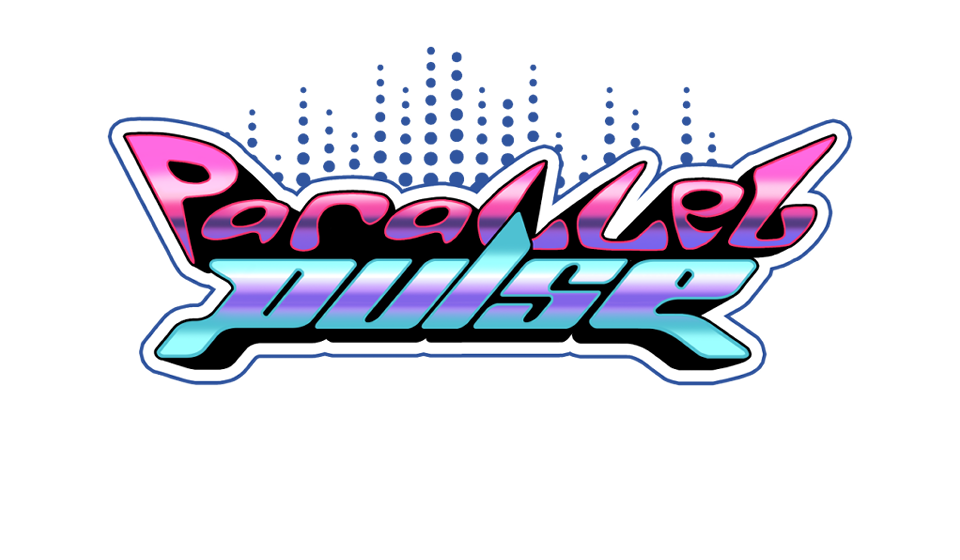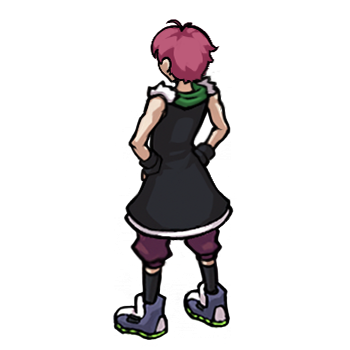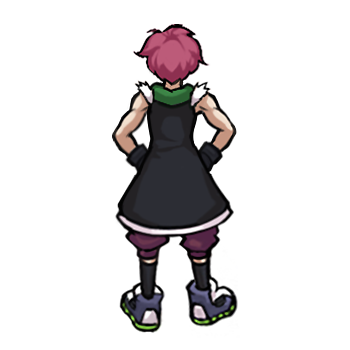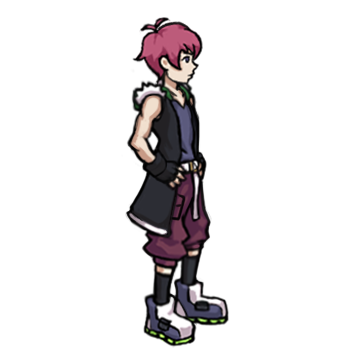Do Most GameDev YouTubers and Influencers Create Unrealistic Expectations for Indie Developers?
Our culture is characterized by the pursuit of perfection, and video games are no exception to this. As the video game industry has grown, games have become increasingly polished and sophisticated. With this growth, smaller solo or indie studios have emerged, giving them the opportunity to make a living from their games.
However, to make a sustainable living as an indie, you need fast development cycles. Imagine working on your game for six years, only to release it and see minimal profit. You might realize it wasn’t worth the time and switch careers. Or, on the other hand, you might dream of making a living from video games but realize you can’t sustain yourself for four to six years to complete your passion project, leading you to abandon the idea altogether.
What if you followed an approach similar to that of game developers in the 80s and early 90s? Back then, development cycles typically lasted 6 to 12 months, and many games still managed to turn a considerable profit. Of course, there were instances where games flopped, but this didn’t spell the end for developers—they had time to develop another game and another. Having consecutive failures might lead a developer to close shop, but that’s another story. The key point is that those indie developers understood that the only way to make a living was by having shorter release cycles.
But today, GameDev YouTube channels showcase how the game development process unfolds, often lasting four to six years. Most of these developers don’t make a living from game development; they earn from YouTube or have another income. For them, the development of the game is more about the journey than the process of making a living. And that’s totally fine. As a consumer, I enjoy watching these types of videos.
The issue arises when indie developers set unrealistic expectations for themselves based on what they see around them all the time: perfection and long development times. While YouTubers can be a great source of inspiration for many, including myself, they might unknowingly be setting you up for failure. Sustaining yourself over a four to six-year period to make a game is highly unrealistic. In most cases, life gets in the way, and it’s highly likely that the project will eventually be abandoned. I’ve seen quite a few people spend six years developing a game only to barely recoup their expenses. What’s worse is that they genuinely want to be indie game developers.
The approach of many indie developers—aiming to create the perfect game—sets unrealistic expectations. As a solo developer, you usually outsource some parts of the game to others to get it finished. You can’t compare yourself with big AAA titles or even larger indie titles. The reason we see so many games released by studios or solo developers is that they’ve dedicated an enormous amount of time—six years or more—to a single project. You might think you’ll hit it big and be set for life, but sustaining that level of effort for so long is practically impossible.
The games we often see highlighted are the exceptions, the success stories, similar to startups. You see only what's being successful, but we never find what happened to the other 95% that failed. The game dev industry is the same: there are countless other games that flop along the way or never even make it to release. After my experience with Parallel Pulse, I want to focus on shorter release cycles that don’t last more than 12 months. I got caught in the loop of developing my dream game, only to realize it might take three years to complete from the day I started it.
Let me give you an example with the player character sprite sheet. The game uses an 8-directional approach to mimic the style of The World Ends with You. Here's how many sprite sheets we had to create just for movement:
And you might be thinking that some directions don't require much work, like the left/right ones , and you're right—but the character is asymmetric, so minor details like a pocket need to be visible. If you're wondering why we created an asymmetric character in the first place, the answer at that time was simply that it looked cool and was what we wanted to make. Of course, knowing what I know now, I wouldn't take the same approach again.
But this isn't the end of the story for our player character. The player character needs to have 8-directional static idle poses, as shown below.
And, of course, for the quality of game we're aiming for, static poses alone wouldn't suffice, so we went ahead and created not one but three idle animations. So far, we've only completed one direction, but we need to make this 8-directional to ensure smoothness.
As you can imagine, these seemingly simple tasks skyrocketed the development time. It goes without saying that having an NPC follow the player became impossible because we would need to go through the same amount of work for another character to make the experience feel organic. But here's the thing: it's an indie game. We can't do what the team at Square Enix did with The World Ends with You, so this idea was immediately scrapped.
Subsequently, we decided to shift from an action RPG to a turn-based RPG because the number of animations we would need was simply too much, and the game would likely never see release.
Lessons learned—going forward, I plan to follow a more minimalistic approach for my future games.
Parallel Pulse (WIP)
A turn-based RPG inspired by Persona & TWEWY
| Status | In development |
| Authors | Funigami Games, Kate |
| Genre | Role Playing, Visual Novel |
| Tags | 2D, Indie, Third Person |
| Languages | English |
More posts
- Parallel Pulse: Hitting Pause for Now73 days ago
- Switching from Unreal Engine to Godot: Why I Made the ChangeSep 05, 2024
- What Gamescom Taught Me This Year As An Indie DeveloperSep 03, 2024
- Painful Cuts I Had to Make to My GameAug 19, 2024
- Why Did I Decide to Make My 2D Persona Inspired Game with Unreal Engine? Was I R...Aug 07, 2024
- From Inspiration to Reality: The Making of my Dream Game (Parallel Pulse)Aug 06, 2024





















Leave a comment
Log in with itch.io to leave a comment.